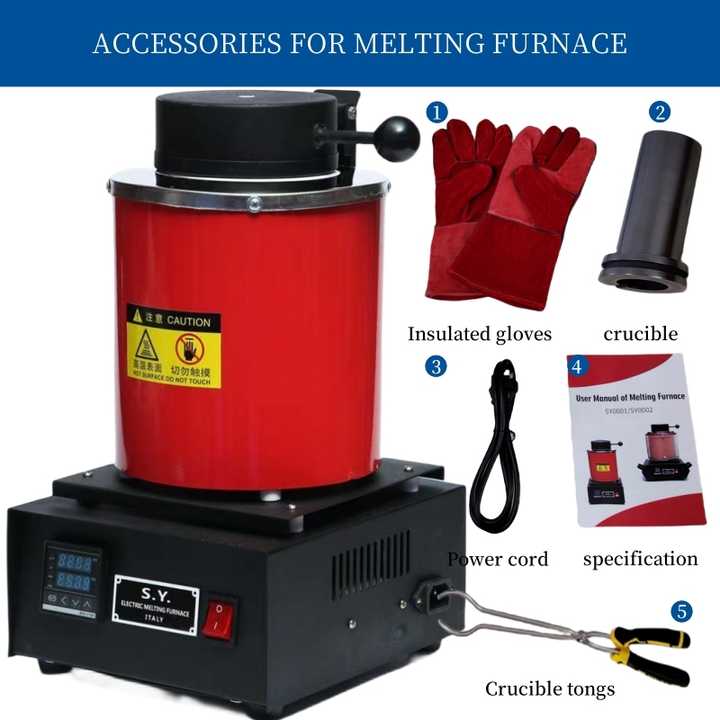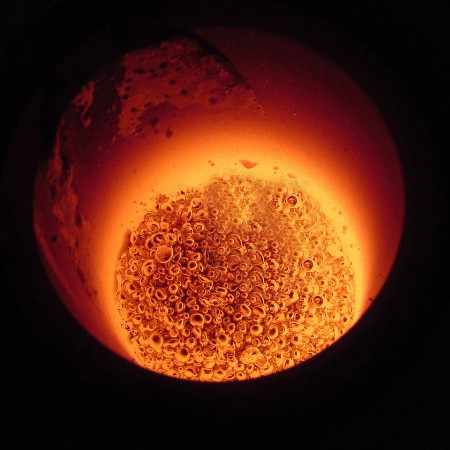smelting gold jewelry
The Art and Science of Smelting Gold Jewelry Transforming Treasures Old and New
Gold jewelry has been a symbol of wealth, status, and beauty for millennia. Over time, pieces may become outdated, damaged, or simply no longer desired. Rather than discarding these treasures, smelting gold jewelry allows for the recovery and reuse of the precious metal. This article explores the process of smelting gold jewelry, the techniques involved, and the considerations one should take when embarking on this transformative journey.
Understanding the Basics of Smelting Gold Jewelry
Smelting is a high-temperature process used to extract pure gold from jewelry by melting it down and separating it from other materials and impurities. This method is particularly useful for recycling gold and repurposing it into new forms, from contemporary jewelry designs to investment-grade bullion.
Preparing for Smelting
Before beginning the smelting process, it is essential to sort and assess the gold jewelry. Different karat weights of gold (such as 10K, 14K, 18K, and 24K) contain varying percentages of pure gold. Separating the jewelry by karat ensures that the resulting smelted gold maintains its intended purity level.
Testing and Assaying
Using tools such as a jeweler’s scale and a testing kit, determine the weight and purity of the gold pieces. This information is crucial for calculating the yield of the smelting process and estimating the value of the recovered gold.
The Smelting Process
1. Preparing the Crucible
Select a crucible—a specialized container designed to withstand extreme temperatures—capable of holding the volume of gold being melted. Place the crucible on a fireproof surface, such as a refractory pad, and ensure it is positioned securely within the furnace or on a propane-powered smelting setup.
2. Heating the Gold Jewelry
Place the sorted gold jewelry into the crucible and begin heating it gradually to avoid spilling or splashing of the molten metal. The temperature required to melt gold is around 1,947°F (1,064°C). Monitor the temperature closely using a thermocouple or infrared thermometer to prevent overheating, which can cause the loss of alloying elements and affect the quality of the smelted gold.
3. Adding Flux
Flux is a material added to the smelting process to help remove impurities and slag from the molten gold. Common fluxes include borax and silica. Adding flux facilitates the separation of the gold from any remaining non-metallic substances, ensuring a purer end product.
4. Pouring the Molten Gold
Once the gold reaches a fully molten state and the impurities have been removed, carefully pour the molten gold into a preheated mold. The mold should be made of a material that can withstand high temperatures, such as graphite or ceramic.
Post-Smelting Considerations
After the molten gold has cooled and solidified, it can be further refined if necessary to achieve the desired purity level. This might involve additional processes such as electrolytic refining or chemical leaching to remove any remaining impurities.
Safety and Environmental Concerns
Smelting gold jewelry requires careful attention to safety. Protective gear, including heat-resistant gloves, goggles, and a respirator, should be worn to protect against burns and inhalation of fumes. Additionally, proper ventilation is essential to prevent the accumulation of toxic gases. Environmental considerations are also paramount; proper disposal of slag and other waste materials should be conducted according to local regulations to minimize ecological impact.
Smelting gold jewelry is a process that blends artistry with science, transforming old or unwanted pieces into valuable resources. By understanding the steps involved in the smelting process, from preparation to post-smelting refinement, individuals can responsibly recycle gold and contribute to a more sustainable and circular economy. Whether for personal projects or commercial endeavors, smelting gold jewelry offers a practical and rewarding way to preserve the essence of gold while creating new forms of beauty and utility.


















